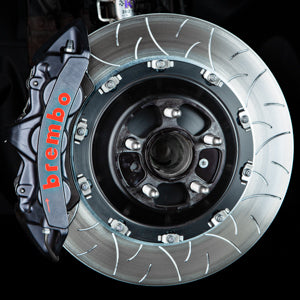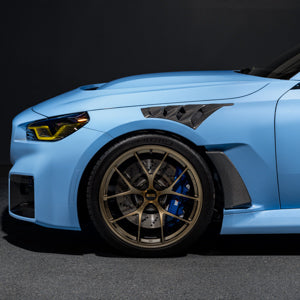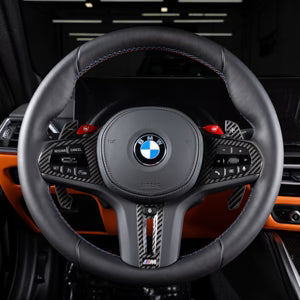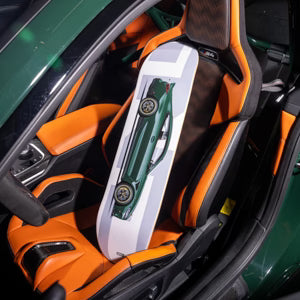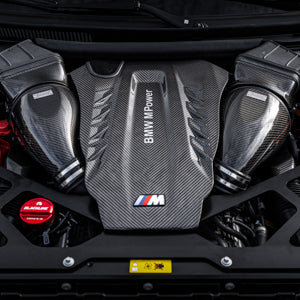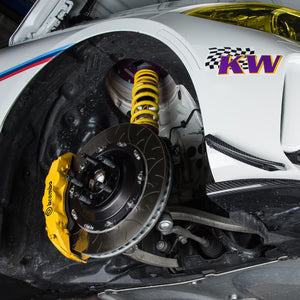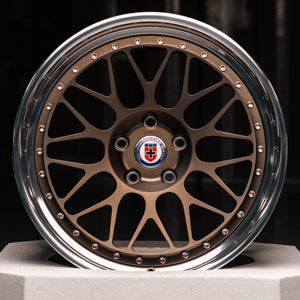
IND installs another E90 M3 carbon fiber roof
All of us at IND have loved the E90 M3 since the day the car was released to the public. It’s wide and aggressive rear fenders and it’s perfect mix of style, performance, and utility confirm what most BMW enthusiasts already know- after 40 years at the top, BMW still makes the best sports sedans in the world.
Unfortunately, fans of the E90 M3 got the short end of the stick in many ways, especially when it came to aftermarket support. Those who got into an E90 M3 early on will remember how difficult it was to source exterior parts- everything from trunks to hoods had to be custom made in the E90’s early days.
One area where we felt E90 enthusiasts were truly short handed was the lack of a carbon fiber roof. The E92 M3’s carbon roof represented a major step for BMW M as it was essentially the first use of structural composite components bonded into the car’s unibody specifically to save weight. BMW had not released an item like this on a mass scale before the E92 M3, and of course chose to highlight this feature by leaving the roof panels completely unpainted. Of course, fans of the E90 who wanted a carbon roof were out of luck.
IND addressed this problem several years ago when we worked to develop our own mold for a carbon fiber roof for the E90 M3 chassis. Since then we’ve been blessed to perform carbon fiber roof conversions on some of the most notable E90 M3s in the US, and this week are tackling our next job.
I wanted to share some photos of the conversion in progress with the Bimmerpost community, to give some insight into the process:

Our first step is removing the roof molding, and then removing each spot weld on the factory metal roof panel.


The roof panel is lifted from the M3.

The OEM roof panel weighs about 24lbs…

Next, we install the factory roof liner.

We apply Valvoline brand adhesive to the roof frame…


First, here are some photos of the roof panel prior to installation. You can see that the panel is a complete carbon fiber piece, with no fiberglass reinforcement.
We grind through every spot weld in order to release the metal roof skin from the roof frame. We cover the entire interior in plastic, and then in very heavy welding blankets to prevent any sparks from striking the interior components.

After the spot welds have been removed, we can separate the roof skin from the roof frame.

…while the carbon roof weighs in at 9.8 lbs! That means the carbon roof provides a 60% savings over the original panel, even without the sunroof assembly. A sunroof equipped car could see a very substantial weight savings, right at one of the most important points on the car.

…and then lower the roof into it’s position.


The roof is retained with the factory fastners, and also clamped to the roof frame while the adhesive cures.
